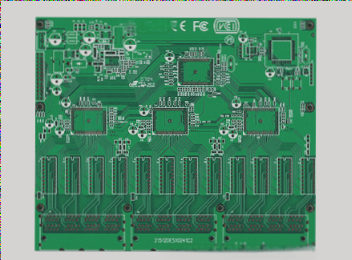Printed Circuit Boards (PCBs) and Insulation: A Comprehensive Guide
Evolution of Technology and the Importance of PCBs
As technology advances, the digital world continues to evolve rapidly. Printed Circuit Boards (PCBs) play a crucial role in this technological revolution, serving as the backbone of electronic devices.
Understanding PCB Insulation
To fully grasp the benefits of PCBs, it is essential to delve into the realm of PCB insulation. By exploring PCB insulation details, you can enhance your understanding of how these components function within electronic devices.
The Structure of a Four-Layered PCB
Within a four-layered PCB configuration, signal layers are strategically positioned to carry digital, analog, or DC signals. Ground planes on layer 2 or 3 provide stability, while prepreg and core materials offer insulation between signal layers.

Importance of Proper Insulation
Effective insulation is crucial for preventing overheating and electrical hazards in PCBs. Different substrates like FR-2 and FR-4 offer varying levels of insulation, with FR-4 being a popular choice for its flame-resistant properties and high-temperature tolerance.
Diverse Insulation Options for PCBs
From RF substrates to flexible PCBs, the world of PCB insulation offers a range of options to suit various electronic applications. Each type of insulation serves a unique purpose in ensuring the reliability and functionality of the PCB.
Optimizing PCB Performance
With the increasing complexity of PCB designs, proper insulation selection is crucial for managing signal routing complexities and minimizing electromagnetic interference. Factors like insulation thickness and material composition play a significant role in the overall performance of the PCB.
Consulting Experts for PCB Insulation
For optimal PCB performance and reliability, seeking guidance from professionals in PCB insulation is highly recommended. Their expertise and skills in insulation processes can ensure the highest quality standards for electronic devices.



